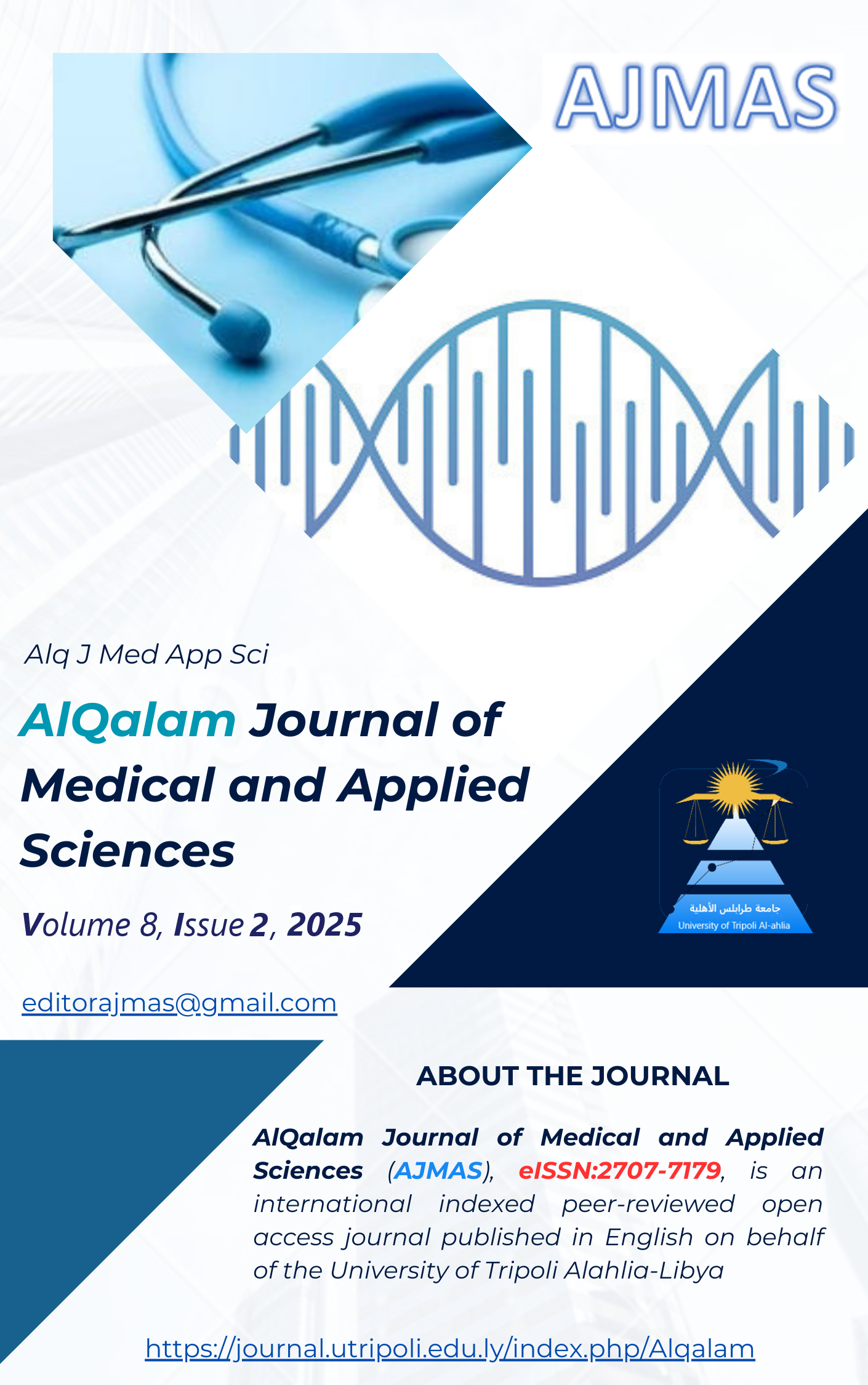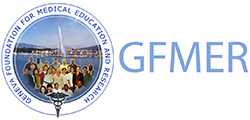Utilizing Microbiological Techniques: The Residual Microorganisms in Poultry Flesh Raised at Random Between 2024 and 2025
DOI:
https://doi.org/10.54361/ajmas.258264Keywords:
Poultry Meat, Antibiotic Residues, Oxytetracycline, Penicillin, Sulfadimidine, GentamicinAbstract
Veterinary biomass is an effective resource used throughout the rural areas of the study region. However, animal use is unclear and can lead to unhealthy debt management, thus contributing to animal consumption, and even to the environment. This study aimed to evaluate the presence of biomass in poultry meat using microbiological methods based on traditional methods recommended and approved by the French Food Safety Authority. For this purpose, 150 poultry meat samples were taken from different farms and directly examined using a standardized agar diffusion technique, cultured with two strains: Bacillus licheniformis and Staphylococcus aureus. After 110 original analytical results were generated from 150 poultry meat samples, the diagnostic result was 73% for antibiotic residues. However, most of them contained 36.36% oxytetracycline, 22.72% penicillin, and 9% sulfadimidine. In contrast, gentamicin yielded a positive rate of 31.8%. This suggests to physicians that these medications are being used indiscriminately and without specific treatment, without a prescription, or following the protocol and health requirements for the use of vital types of insurance, and adhering to the drug withdrawal period. This leads to the permanent presence of these meats, and farmers are also failing to adhere to the 45-day marketing period, all of which will harm consumers.
Downloads
Published
How to Cite
Issue
Section
License
Copyright (c) 2025 Suad Saeed, Najah Mohamad, Mousa Gaballah, Abdulsalam Saleh, Randa Hamad, Saleh Bufarwa, Hajir Othman

This work is licensed under a Creative Commons Attribution 4.0 International License.















